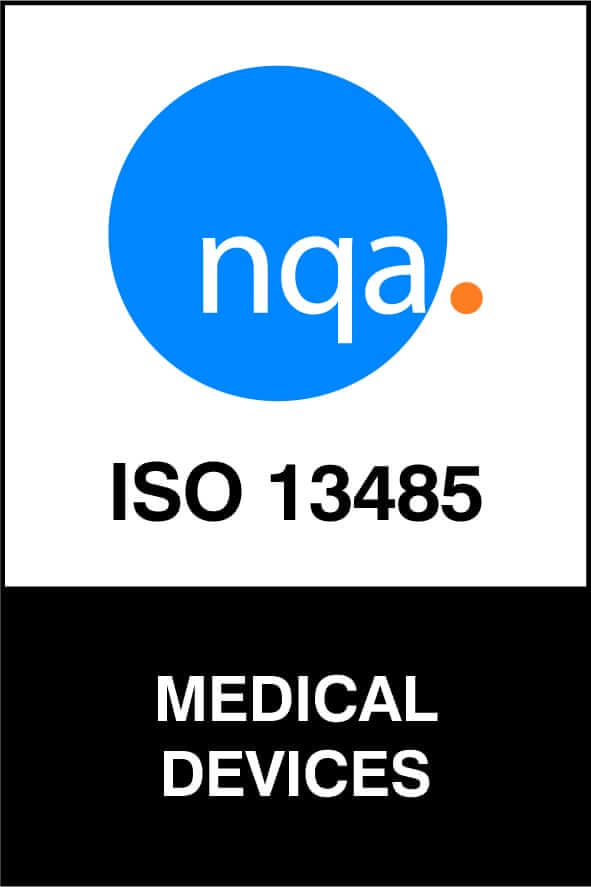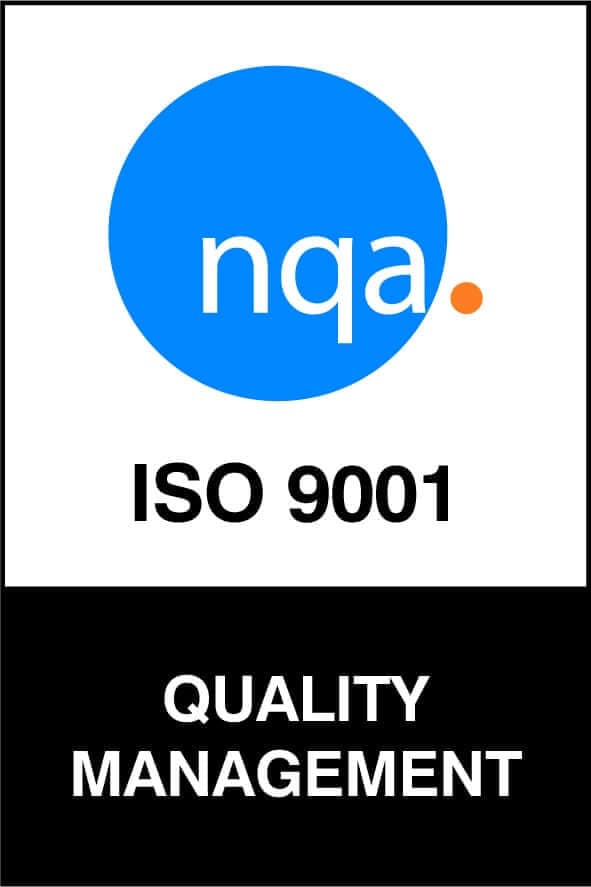Liquid Silicone Rubber (LSR) Molding: Innovating Medical Device Manufacturing
In the fast-evolving landscape of medical device manufacturing, liquid silicone rubber (LSR) molding has emerged as a versatile and transformative process. LSR is a specialized elastomer made up of silicone polymers. This liquid material is injected into molds under high pressure and heat, allowing it to take the desired shape and cure into a solid form. The result is a flexible yet durable product with exceptional biocompatibility, making it ideal for medical device manufacturing.
In this blog post, we will take a closer look at LSR molding, highlighting its unique properties and role in the medical device manufacturing industry.
The Unrivaled Properties of LSR
One of the key reasons for the widespread adoption of LSR molding in medical device manufacturing is its exceptional properties. Primarily, LSR offers remarkable biocompatibility, meaning it’s well-suited for applications within the human body. This compatibility, combined with its hypoallergenic nature, reduces patients’ risk of adverse reactions.
Moreover, LSR’s durability ensures that medical devices can withstand rigorous use, varying environmental conditions, and sterilization processes without compromising performance. This longevity is especially crucial for devices that require frequent usage or those implanted inside the body.
Flexibility is another hallmark of LSR and is vital for devices that adapt to the body’s movements or contours. LSR-made components can flex and stretch while maintaining their structural integrity, making them suitable for applications in joints, muscles, and areas with constant movement. The softness of LSR also enhances patient comfort, reducing the risk of irritation or discomfort.
Lastly, medical devices often require intricate designs to cater to the unique anatomical variations among patients. LSR’s ability to replicate intricate details accurately makes it a preferred choice for manufacturing complex devices.
Applications of LSR Molding in Medical Specialties
The scope of LSR molding in medical device manufacturing spans various specialties, including:
Ophthalmology
LSR molding has contributed to vision correction. Contact lenses, for instance, have undergone a profound transformation with the integration of LSR. The flexibility and comfort offered by LSR-made lenses provide wearers with enhanced comfort and a more natural feel. The precision achievable through LSR molding ensures that these lenses perfectly fit the unique contours of individual eyes, improving vision correction, and enhancing patient satisfaction.
Neurology
The delicate nature of neural tissues demands materials that can seamlessly integrate with the human body. LSR serves as a game-changing solution, creating neural implants and electrodes.
The biocompatibility of LSR ensures that these components can interact harmoniously with neural tissues, reducing the risk of adverse reactions. This compatibility enhances patient safety and contributes to the efficacy of treatments and interventions, thus marking a significant stride in neurology.
Cardiology
With its intricate mechanics, the heart demands medical solutions that mimic its natural properties. LSR molding has enabled the creation of heart valve components that closely resemble biological tissues in both functions and feel.
These components exhibit exceptional durability, suitable in a high-stress environment like the cardiovascular system. By harnessing LSR’s durability and precision, cardiology has unlocked innovative pathways for heart valve replacement that promote longevity and improved patient outcomes.
Dentistry
Creating dental prosthetics requires meticulous attention to detail, ensuring a perfect fit and optimal function. LSR’s ability to replicate intricate features allows for crafting dentures, crowns, and orthodontic devices that align seamlessly with individual oral structures.
Orthopedics
In orthopedics, LSR helps design supportive yet flexible components for joint implants. The balance between support and flexibility is crucial for patients seeking improved mobility and comfort. LSR’s biocompatibility ensures that joint implants interact seamlessly with surrounding tissues, reducing the risk of complications.
Navigating the Future With LSR Molding
As the medical landscape evolves, LSR molding’s transformative potential remains a cornerstone of progress. By leveraging LSR molding, medical device manufacturers contribute to a future where patient care is elevated, and medical solutions excel in function.
Want to learn more about how LSR molding can transform your medical device manufacturing processes? Connect with Jefferson Rubber Works Inc. and explore the potential of this game-changing technology! Contact us today or request a quote to take the first step toward innovation.





